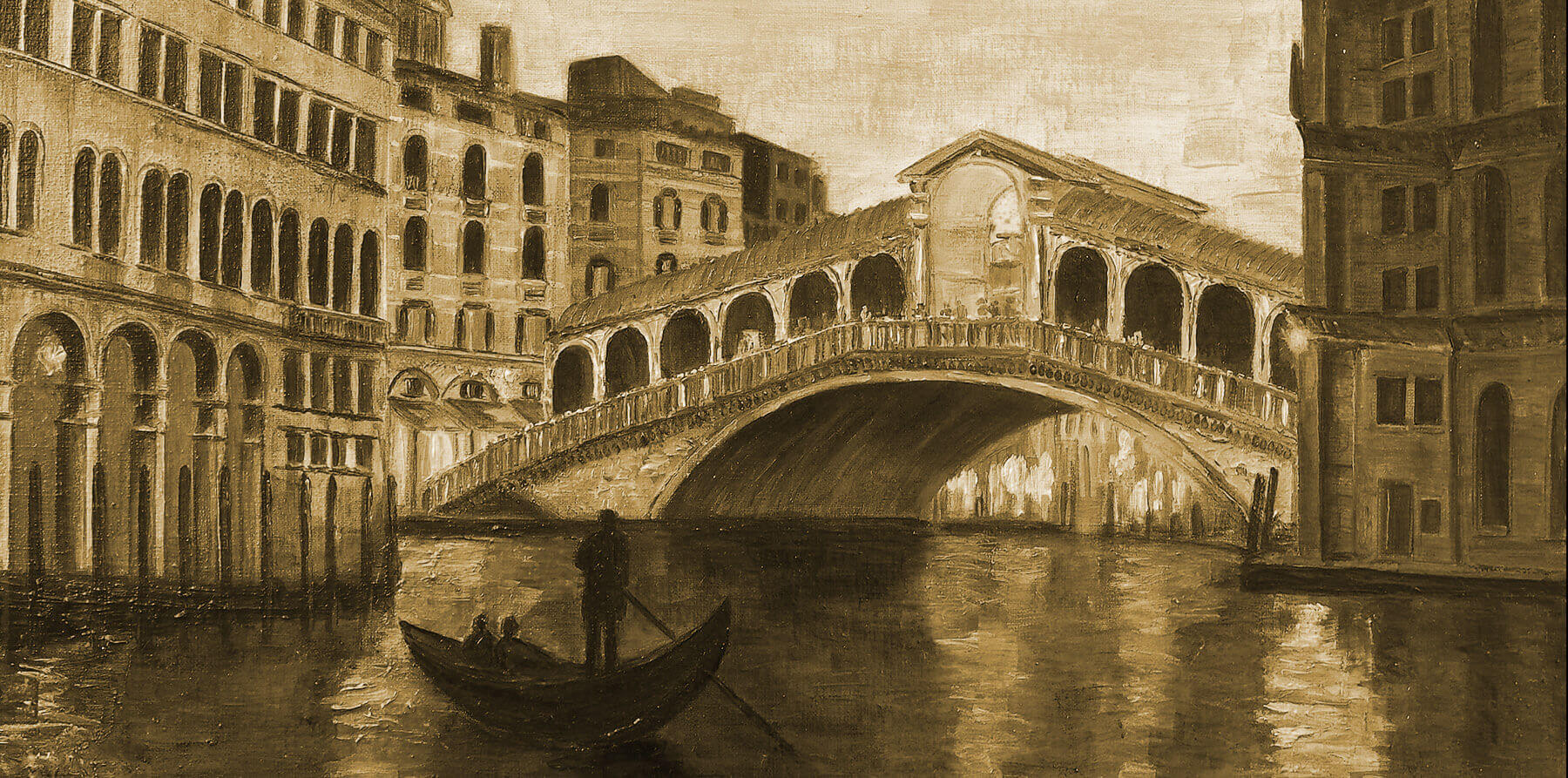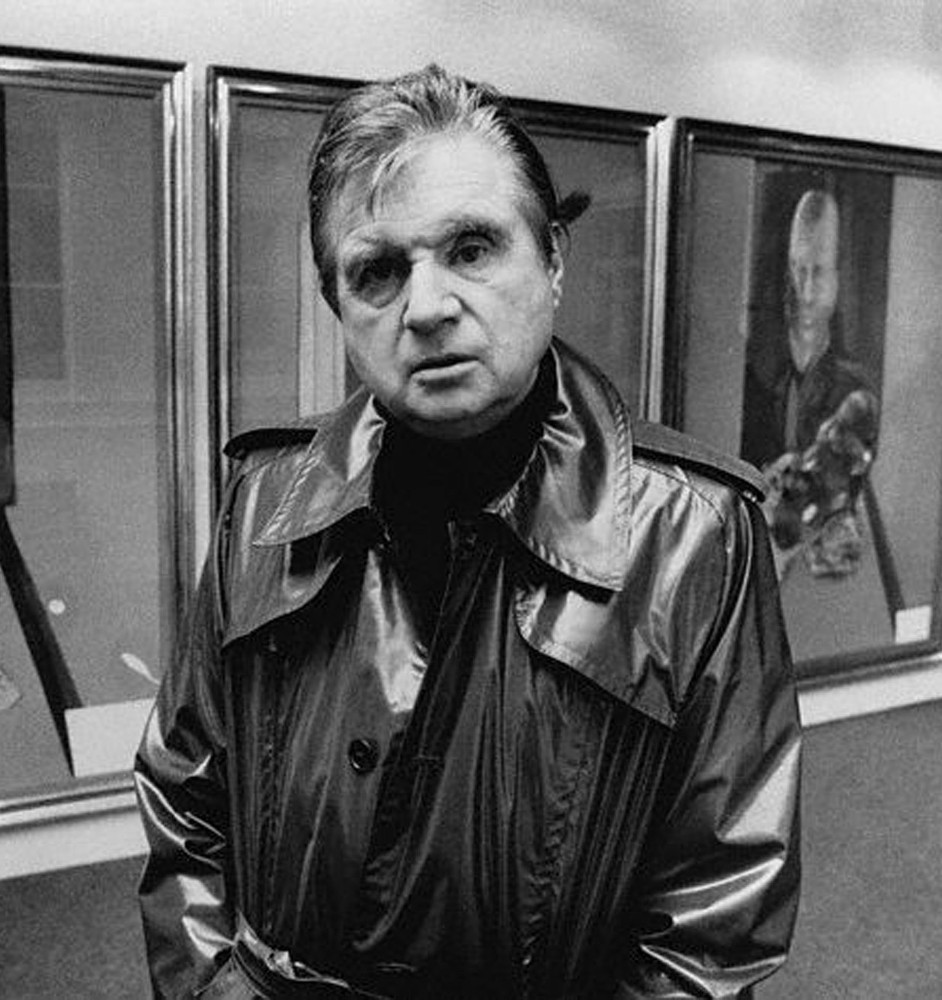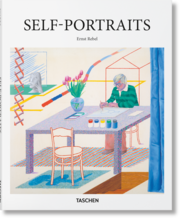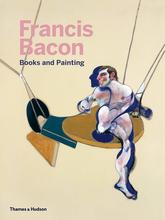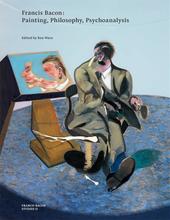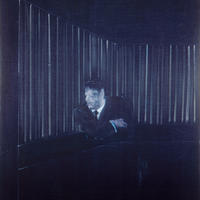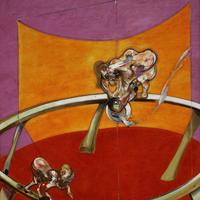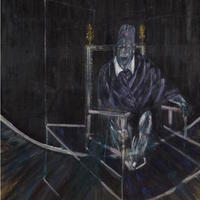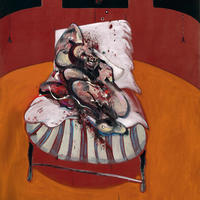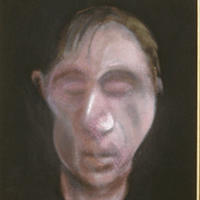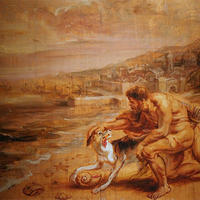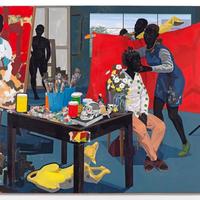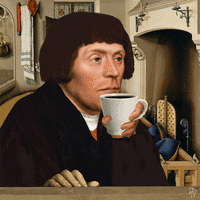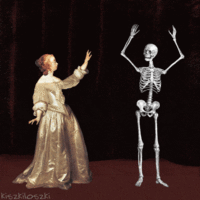More about Francis Bacon
- All
- Info
- Shop

Contributor
Francis Bacon’s life got off to a rocky start and it pretty much didn’t stop rocking until he died.
Bacon was the son of a retired Army Major and horse breeder. His father was the picture of masculinity and expected the same of his son. But Francis, being asthma-stricken and gay, was the black sheep of the family. It complicated things when his father walked in on him admiring himself in the mirror whilst wearing his mother’s underwear. And it further complicated things when Francis admitted to being sexually attracted to his father. Needless to say, he left home at an early age. But his father, in one last attempt to "save" his son from homosexuality, asked another breeder of racehorses, who just oozed manliness, to take his son to Berlin and ‘make a man out of him.’ This backfired because Francis and Harcout-Smith started doing the dirty with each other. Oops.
This was only the beginning of his lifetime of complicated relationships. Bacon had three significant lovers in his life, two of which committed suicide during a major art exhibit of Bacon’s. In one of these relationships, Bacon was completely dominated to the point that his lover, Peter Lacy, would beat him to a pulp and leave him half-conscious in the street. In the second relationship, Bacon had the upper hand. But his lover, George Dyer would go on drinking and spending binges on Bacon’s dime. If that's not enough, when he periodically felt cripplingly self-conscious he would either frame Bacon for possession of weed or attempt suicide. Honestly, I think Francis Bacon’s love life is the stem of all Lifetime movies. His last relationship was alright though. Or at least, Bacon died before it got too psycho.
Bacon was a lot like Taylor Swift in that his personal relationships directly influenced his work. While T-Swift’s problems are limited to boys who don’t love her, Bacon’s expanded to include suicide, destitution, self-prostitution and deep, deep depression. Each death of a loved one made his work darker and more intense. He wrapped up his entire artistic career in one sentence: “You can’t be more horrific than life itself.”
He was not fun at parties.
Featured Content
Here is what Wikipedia says about Francis Bacon (artist)
Francis Bacon (28 October 1909 – 28 April 1992) was an Irish-born British figurative painter known for his raw, unsettling imagery. Focusing on the human form, his subjects included crucifixions, portraits of popes, self-portraits, and portraits of close friends, with abstracted figures sometimes isolated in geometrical structures.
He said that he saw images "in series", and his work, which numbers in the region of 590 extant paintings along with many others he destroyed, typically focused on a single subject for sustained periods, often in triptych or diptych formats. His output can be broadly described as sequences or variations on single motifs; including the 1930s Picasso-influenced bio-morphs and Furies, the 1940s male heads isolated in rooms or geometric structures, the 1950s "screaming popes," the mid-to-late 1950s animals and lone figures, the early 1960s crucifixions, the mid-to-late 1960s portraits of friends, the 1970s self-portraits, and the cooler, more technical 1980s paintings.
Bacon did not begin to seriously focus on painting until his late twenties, having drifted in the late 1920s and early 1930s as an interior decorator, bon vivant and gambler. He said that his artistic career was delayed because he spent too long looking for subject matter that could sustain his interest. His breakthrough came with the 1944 triptych Three Studies for Figures at the Base of a Crucifixion, which sealed his reputation as a uniquely bleak chronicler of the human condition. From the mid-1960s, he mainly produced portraits of friends and drinking companions, either as single, diptych or triptych panels. Following the suicide of his lover George Dyer in 1971 (memorialised in his Black Triptychs, and a number of posthumous portraits), his art became more sombre, inward-looking and preoccupied with the passage of time and death. The climax of his later period is marked by the masterpieces Study for Self-Portrait (1982) and Study for a Self-Portrait—Triptych, 1985–86.
Despite his existentialist and bleak outlook, Bacon was charismatic, articulate and well-read. A bon vivant, he spent his middle age eating, drinking and gambling in London's Soho with like-minded friends including Lucian Freud (although they fell out in the mid-1970s, for reasons neither ever explained), John Deakin, Muriel Belcher, Henrietta Moraes, Daniel Farson, Tom Baker and Jeffrey Bernard. After Dyer's suicide, he largely distanced himself from this circle, and while still socially active and his passion for gambling and drinking continued, he settled into a platonic and somewhat fatherly relationship with his eventual heir, John Edwards. Since his death, Bacon's reputation has grown steadily, and his work is among the most acclaimed, expensive and sought-after on the art market. In the late 1990s, a number of major works, previously assumed destroyed, including early 1950s pope paintings and 1960s portraits, re-emerged to set record prices at auction.
Check out the full Wikipedia article about Francis Bacon (artist)
